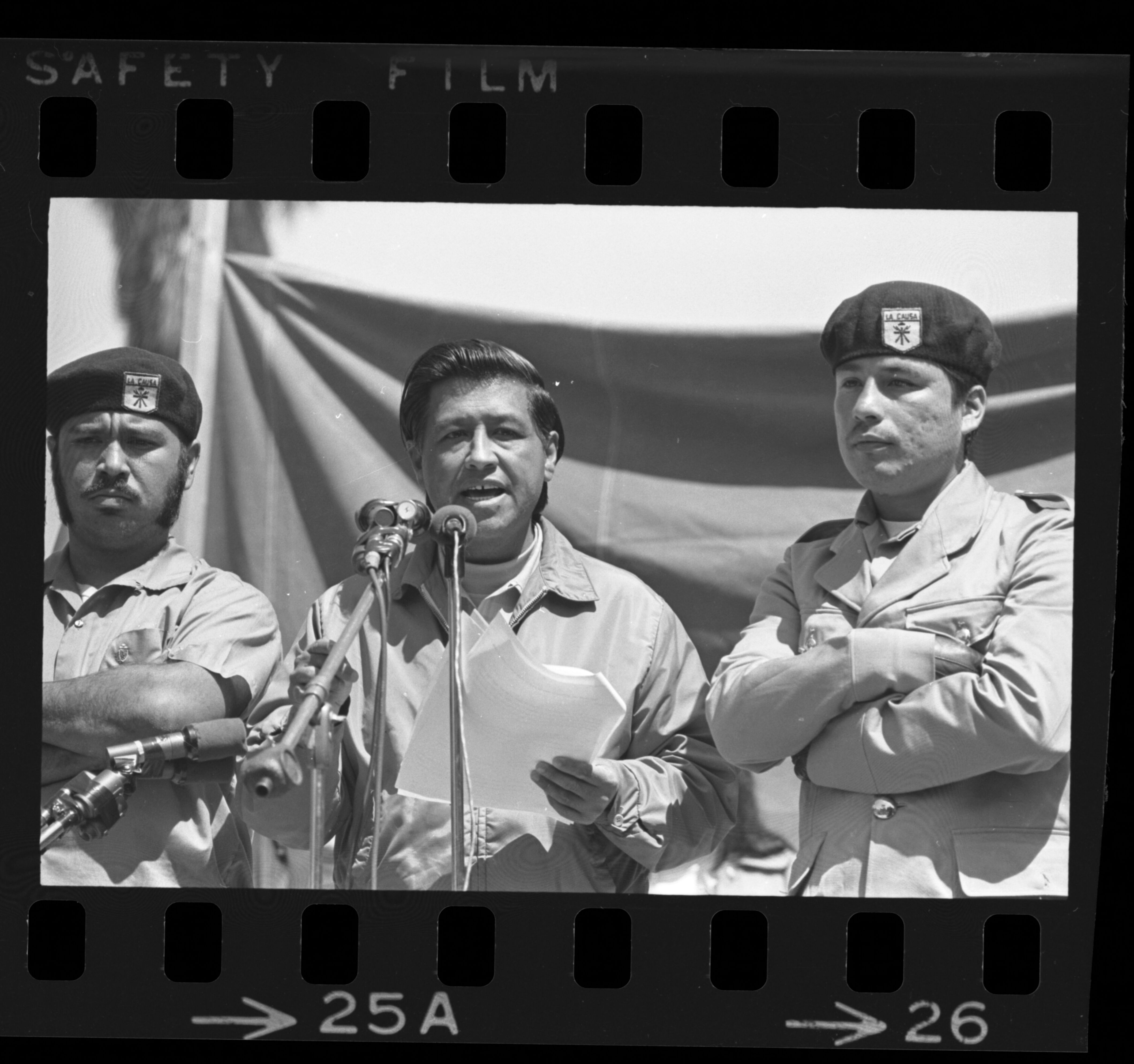
YOUTH: VOICES OF HOPE IN SOCIETY
The front cover image shows youngsters commemorating Youth Day at Orlando Stadium in Soweto, the same location where an uprising against the use of Afrikaans as a vehicular language of education took place in 1976.
Some might see June 16 only as a public holiday, nevertheless, gratitude goes to those who strived on behalf of the youth for an inclusive and better education. Many youths today still face great challenges and need strong support in order to receive an integral formation which prepares them for a bright future.
PROFILE • BLESSED CARLO ACUTIS
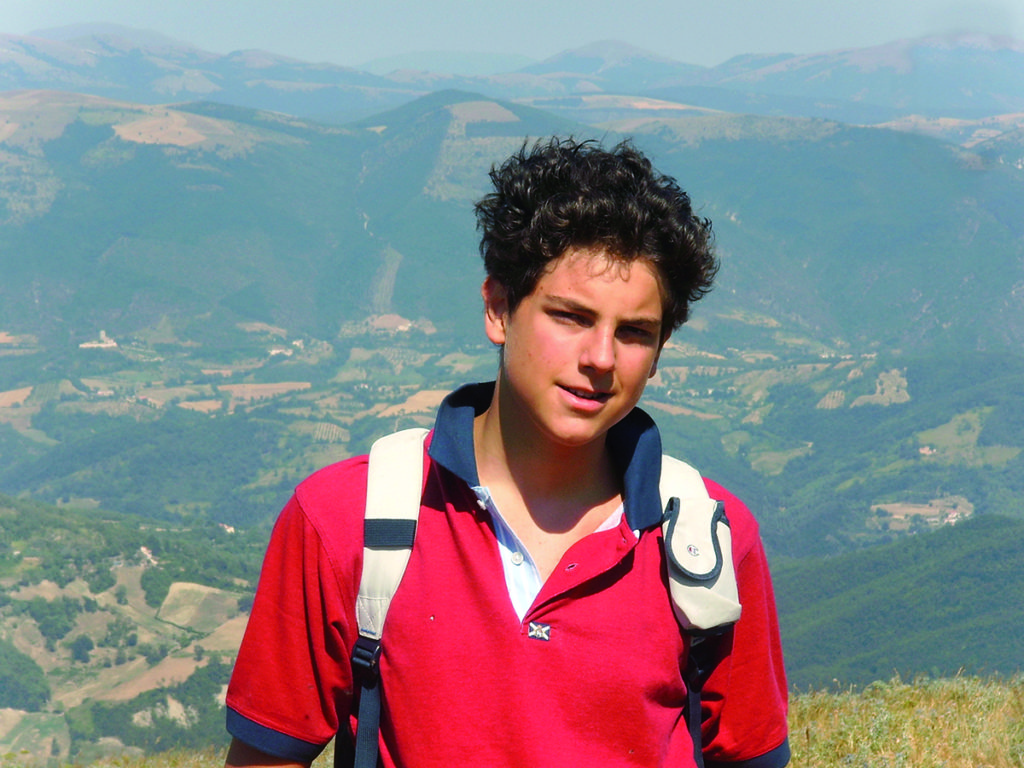
A highway to Heaven
The life of Carlo Acutis, short and intense as it was, has revealed him as an icon and inspiration for Christians all over the world, particularly to the youth. His intimacy and closeness with Jesus, through the Blessed Eucharist, his use of digital means for evangelization and his jovial spirit in the face of the acute illness which led to his death, are some of the markings of a saint in the 21st century
BY
Marian Pallister
| Chair of Pax Christi Scotland
The Association of Friends of Carlos Acutis
HOW MANY of us, at whatever age we have reached, could confidently say “I’m happy to die because I’ve lived my life without wasting even a minute of it doing things that wouldn’t have pleased God”? Of course, the longer we live, the more opportunities we have to waste not just minutes but days and even years of our lives doing what would surely cause God to at least wince if not despair.
The young do also have a tendency to go off track: the Internet sometimes seems to have been specially designed to distract our children and lead them where we’d rather they didn’t go.
He was a boy of perfect and upright life, of extraordinary purity, generosity, goodness
However, for the youngster who so confidently said he hadn’t wasted any of his life doing things that wouldn’t have pleased God, the Internet was a source of good, the computer a device not only enabling him to encounter Christ but to introduce Him to others—teenagers searching for some meaning in their lives and finding it with the help of a contemporary, a kid, just like them.
Only Carlo Acutis wasn’t quite like them; isn’t quite like them. He died at the age of 15, happy at the thought of not having wasted a minute. Now he is on the road to sainthood.
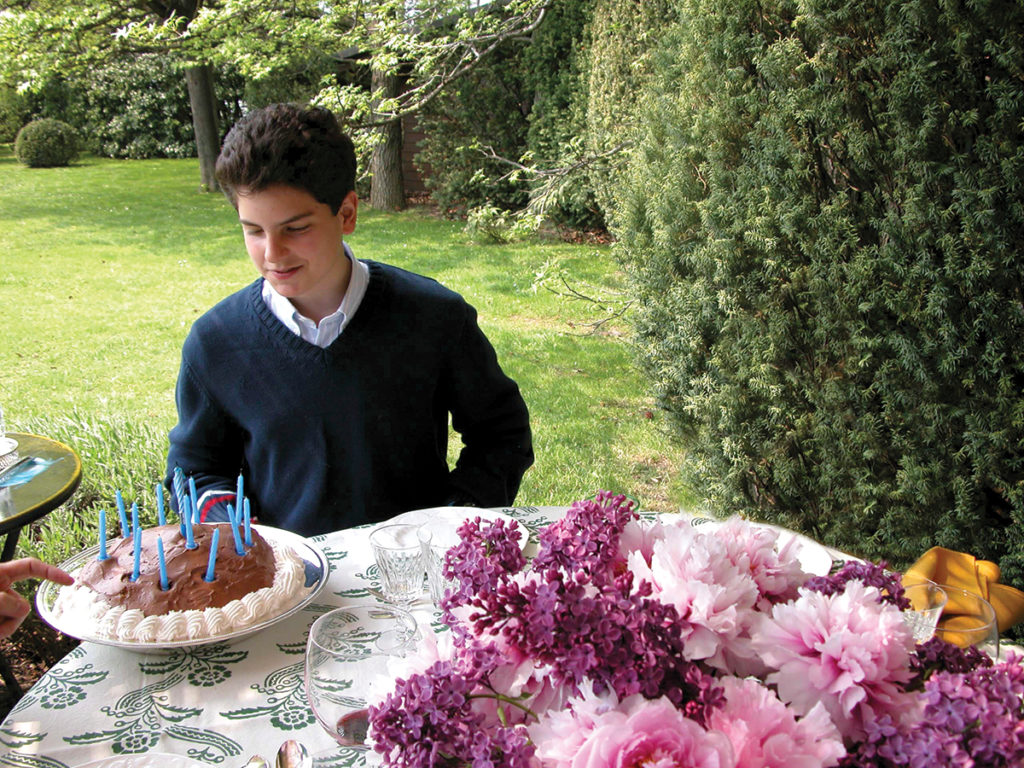
Children have, of course, been made saints of the Catholic Church for centuries. Some are better known to the world than others, such as Francisco and Jacinta Marto who witnessed apparitions near Fatima in Portugal in the early 20th century and were canonised by Pope Francis in 2017.
Now this new youngster is on the way to sainthood and, perhaps because of his Internet skills, is already known internationally and acknowledged in shrines around the world. The Blessed Carlo Acutis was just 15 when he died from leukaemia in 2006. Beatified in October 2020, it would seem that he could be the first saint with very 21st century skills.
A miracle of healing
Certainly, it was the Internet that enabled the miracle that was recognised by the Vatican’s Medical Council of the Congregation for the Causes of Saints. Carlo lived in Italy. The miracle took place on the other side of the world in Brazil where a mother, because of her Internet searches, learned of him and asked for the intercession of Carlos Acutis on behalf of her sick son, Mattheus.
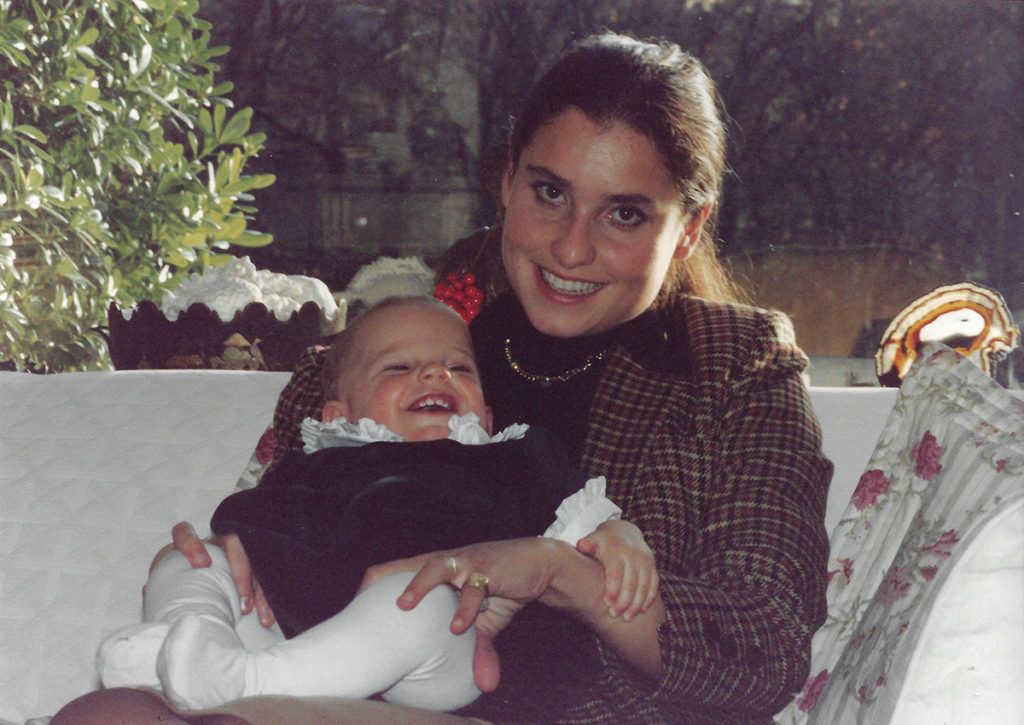
Mattheus suffered from a severe pancreatic condition that made eating difficult. His mother, Luciana Vianna, asked Carlo to intercede and then took Mattheus to a prayer service. When they went home, Mattheus was able to eat. His condition was cured. The miracle led to the beatification of his fellow teenager who had lived so far away, but connected so powerfully with the world during his time on earth and has continued to do so.
Carlo’s life and faith
Carlo was born in London in 1991. He was a May baby, and although his parents—Andrea Acutis and Antonia Salzano—were not a religious couple, they had their child baptised 15 days after his birth, on 18 May, in the church of Our Lady of Dolours in up-market Chelsea. In September of that year, the well-off couple took the new addition to their family back to their native Italy, where they lived in Milan.
Antonia’s father died in 1995, and the four-year-old Carlo said that he dreamed his grandfather asked him to pray for him. He began to show an interest in the Church, and it was his Polish babysitter who nurtured that curiosity. By the age of seven, he was asking if he could receive First Holy Communion. The family organised instruction and then he was granted his wish at the convent of Sant’Ambrogio ad Nemus.
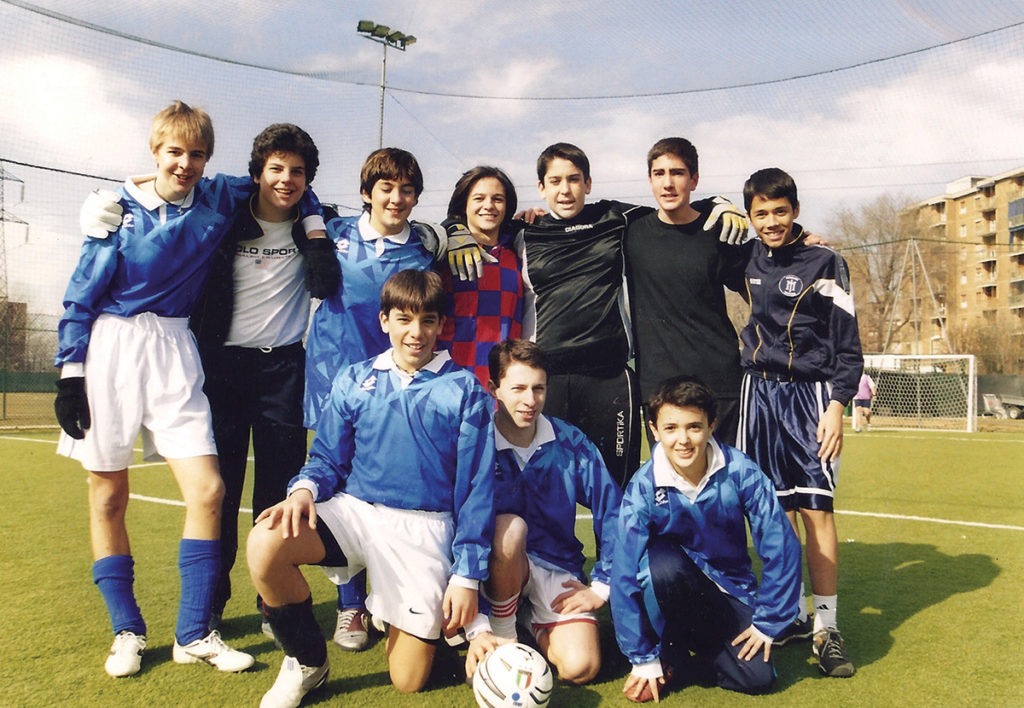
It wasn’t long before he was attending daily Mass, making a weekly confession. He made his role models St Francis of Assisi, as well as the children who had become saints: Francisco and Jacinta Marto (the two Portuguese children who saw the apparitions at Fatima), St Dominic Savio, who died at the age of 14 and was canonised by Pope Pius XII in 1954, and St Bernadette Soubirous (the teenager who saw visions of Our Lady in Lourdes) who was canonised on 8 December 1933. It was almost as if Carlos knew that he would join these children.
Digital skills for evangelization
While there were no visions, Carlo certainly doesn’t seem to have been a run-of-the-mill little boy. Yes, he played the computer games of his day—but his computer skills seemed to go way beyond those of his peers. With the skills he displayed, he might have been headed towards being a Mark Zuckerberg, a Bill Gates or a Steve Jobs. Instead of writing codes that would make millions, however, Carlo created a website that catalogued every Eucharistic miracle in the world. In the Catholic Church, these usually consist of inexplicable phenomena, with consecrated Hosts changing into human tissue, surviving disasters such as fire, or lasting for decades or even centuries.
Beatified in October 2020, it would seem that he could be the first saint with very 21st century skills
The Church has recognised many Eucharistic miracles, and Carlo began his task at the age of eleven, completing it with a record of more than 130 in 2005. He also used his website to evangelize, following the intention of the Society of St Paul to use all forms of media to this end.
We could perhaps say he wasn’t your average schoolboy in other ways too. When his friends were bullied, he stood up to the bullies. When his friends were going through difficult times—perhaps the death of a relative or a divorce in the family—he would bring them home for comfort and advice.
Illness leading to death
Then he suffered a difficult time himself. A year after he had completed that catalogue of Eucharistic miracles, Carlo passed away. The 15-year-old had developed leukaemia, the blood cancer that can lead to a painful death. Patients bleed and bruise more easily due to the low levels of platelets (clot-forming cells) in the blood and they are more vulnerable to serious internal bleeding. Carlo would have been breathless and excessively tired, open to all sorts of infections.
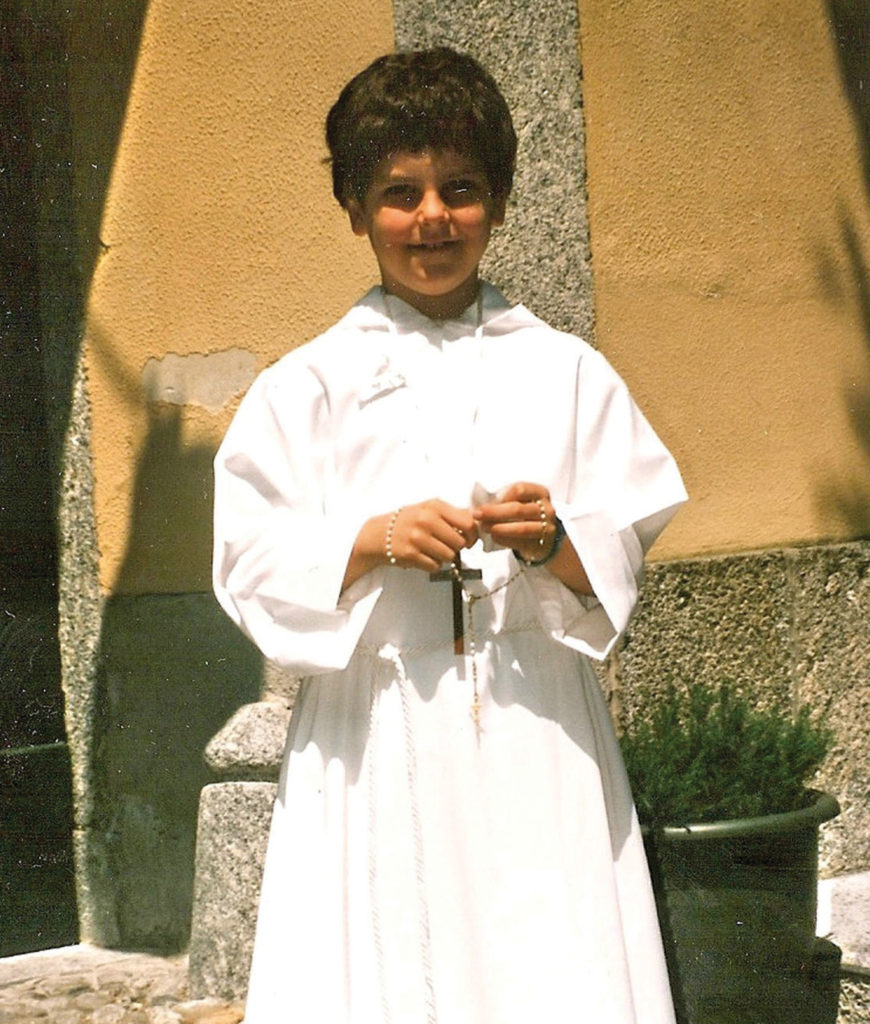
He said to his mother at the very start of his hospitalisation that he wouldn’t be going home, but he told anyone who asked how he was, “There are people who suffer more than I do.” His mother, Antonia, has written a book about Carlos (The secret of my son Carlo Acutis, or, in the English version, My son Carlo: Carlo Acutis through the eyes of his mother) and in an interview in Aleteia, she said that even as a child, Carlo would say that he would always stay young. More remarkably, he said as a child that he would die ‘because a vein in his brain would break’. This is, in fact, what happened—and he also correctly forecast that he would die when his weight dropped to 70 kg.
Ready for Heaven
It is, however, the sanctity of the boy that makes him different. Antonia said, “Carlo was ready and ripe for Heaven. He was a boy of perfect and upright life, of extraordinary purity, generosity, goodness. We’ve never had the slightest doubt that he’s already in Heaven.”
She also shared in a statement given to the media ahead of the launch of her book, “This was his secret: he had a constant, intimate relationship with Jesus. He wanted everyone he encountered to have this kind of relationship as he did. He did not consider it to be something just for him. He was convinced that this relationship was accessible to all.”
It is easy to believe that Carlo has appeared to her in dreams saying that he would be beatified and later made a saint. Those of us who have experienced bereavement may also have dreamed of our loved ones. Less easy to explain away is that at the age of 44, Antonia gave birth to twins, four years to the day after Carlo’s death on 12 October 2006.
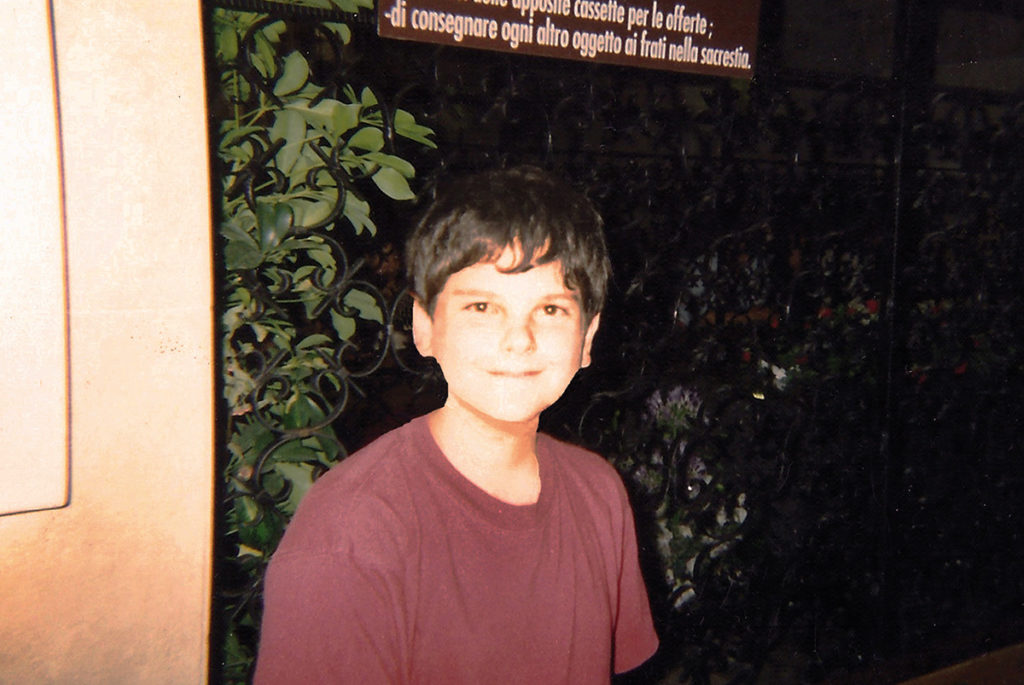
That catalogue of the Eucharistic miracles has become a travelling exhibition, organised by Bishop Raffaello Martinelli and Bishop Angelo Comastri. They have enabled it to travel the world; as an inspiration not only to young people but also to us all; statues, memorials and even new parishes have been established in Carlo’s memory in different parts of the world. A life-sized statue was placed in Carfin Grotto in Scotland in 2022. Carlo’s website has been translated into 18 languages, and whether you live in Italy, Brazil or South Africa, you can access it, and there’s a biography of the Blessed Carlo by Nicola Gori.
Carlo’s illness was so aggressive that it lasted just a few days. Carlo’s influence and inspiration continue to grow. If you go to Assisi, home of St Francis of Assisi, who was one of his great role models, you will see crowds queuing to go past the Blessed Carlo’s relics, which are on display at the church of Santa Maria Maggiore. It has been that way since 10 October 2020, when the beatification ceremony took place.
Devotion to the Holy Eucharist
At a time when many churches bemoan the lack of children and young people attending services, it is interesting to note that Carlo was the one dragging his parents to Mass rather than the other way around. He called the Eucharist the “highway to heaven” and his persistence transformed not only the lives of his parents, who gradually came to share his faith if not his fervour, but so many others who were and are strangers to him.
He began to show an interest in the Church, and it was his Polish babysitter who nurtured that curiosity
He had found his experience of his First Holy Communion overpowering, and his commitment to daily Mass wasn’t some goody-goody parading of his faith but a joyous start to his day. His prayer after receiving Jesus in the Eucharist, “Jesus, come right in! Make yourself at home!” is one we might all adopt to help us not only understand but to get so much closer to Jesus. His inspirational idea that when “you face the sun you get a tan but when you stand in front of Jesus in the Eucharist you become saints”, is certainly one to mull over and share.
“To be always united with Jesus, this is my plan of life.” A boy’s plan: a boy for whom it would seem that the “highway to heaven” was already keyed into his personal satnav at birth. Let’s never forget that the Kingdom of Heaven is made of children like Carlo and that our common home would be so much the better were we to be fired by his conviction.

